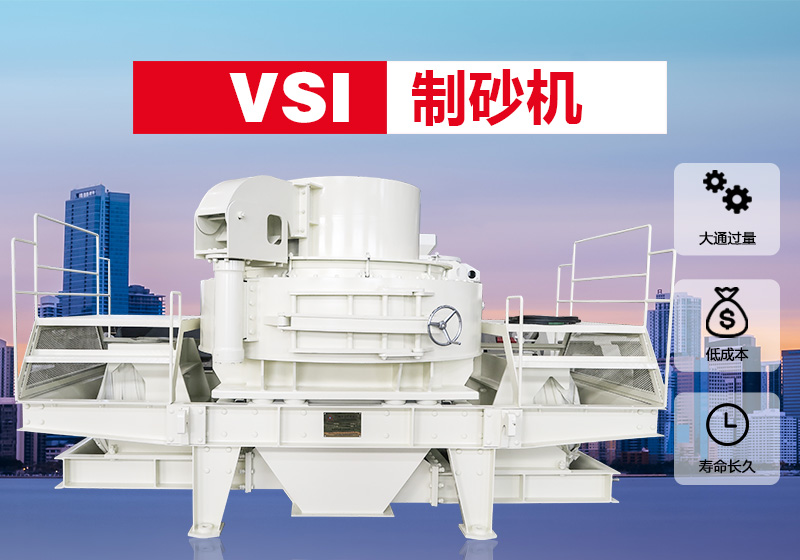1. Ensure uniform feeding: The feeding material should be evenly distributed in the crushing cavity of the crusher to avoid material accumulation or segregation. This helps reduce liner wear and improves crushing efficiency.
2. Control the feeding speed: Control the feeding speed entering the crusher to prevent materials from entering the crushing cavity too fast or too slowly. This can prevent material clogging and abnormal beating of the adjustment ring, thus protecting the contact surface between the main frame and the adjustment ring.

cone crusher
3. Pre-screening: Before the materials enter the crusher, they are then pre-screened to remove fine materials and sticky materials. This helps avoid material clogging and adjustment of the loop movement, as well as reduced production efficiency.
4. The ore feeding position is accurate: the ore must be fed in the middle of the distribution plate of the cone crusher and cannot be fed directly into the crushing cavity. This is because it is easy to overload the crusher and cause uneven wear of the liner. The ore fed cannot be higher than the level of the rolling mortar wall.
5. Control the size of materials: The size of processed materials should be smaller than 85% of the size of the equipment’s feeding port to avoid reduction in production volume and damage to certain components.
6. Avoid starting under load: Cone crusher production cannot be started under load. Starting under load will definitely cause an accident.
7. The shutdown sequence is correct: stop the ore feeder first, let the ore that has entered the crushing chamber be crushed and discharged, and then stop the crusher.






 Leave Message
Leave Message Chat Online
Chat Online










